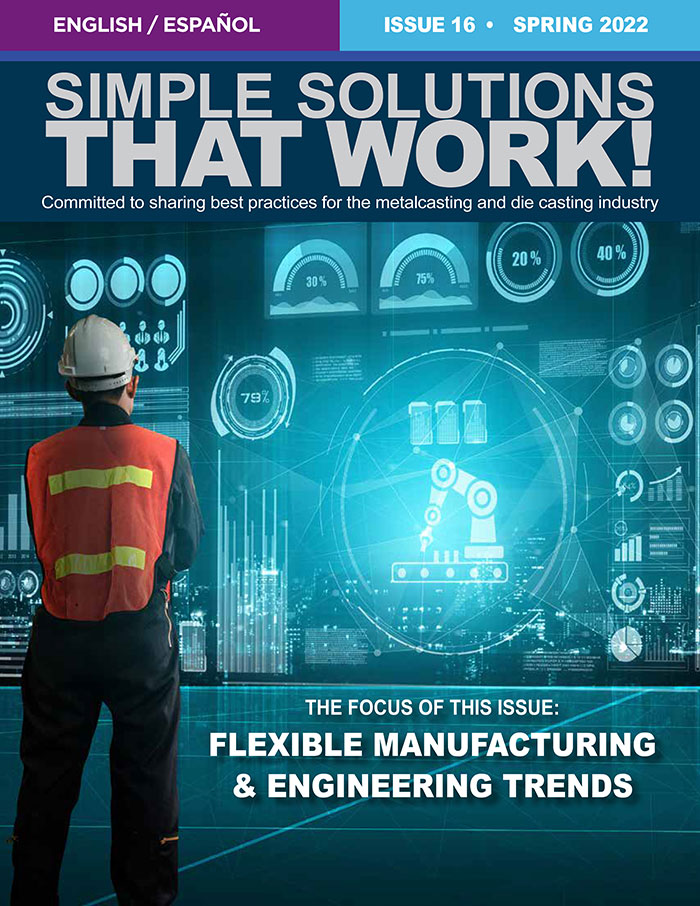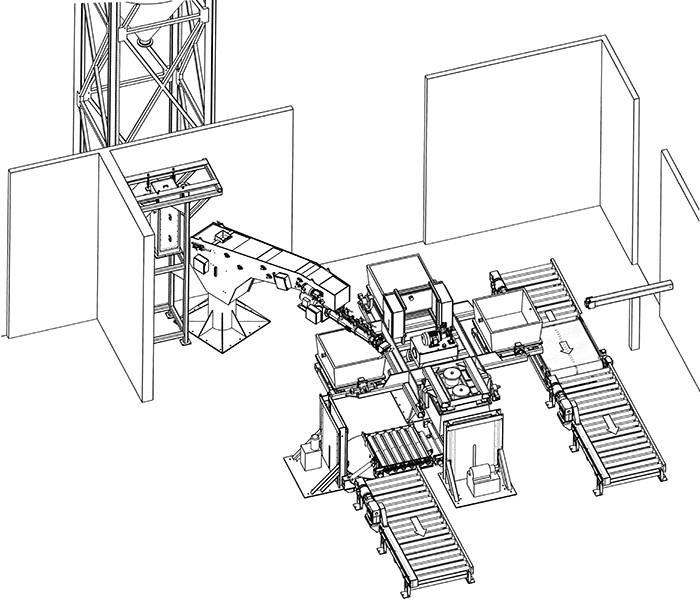Foundry & industrial processing Machinery EQUIPMENT & SYSTEMS
U.S. & Canada Call 1.800.457.5456
What You Need To Know About Foundry Engineering
Home Articles What You Need To Know About Foundry Engineering

Jake McGowan
Sales Engineering Manager
Palmer Manufacturing & Supply, Inc.

When looking at potential solutions in the foundry industry, the most focused on topic is "What piece of equipment presents the best solution to my needs?" We spend hours sitting through vendor presentations, combing the internet for offerings, and scouring specifications. We negotiate, purchase, and wait for our equipment. When that glossy new purchase finally arrives a buzz of excitement builds as people bustle about to carefully unload and inventory the shipment. The riggers begin to unload tools and set up lifting systems, and electricians begin to review electrical schematics. It’s exciting.
Then your first problem arises—as often does with any equipment installation. Your electrician approaches to inform you that the current power supplied to the install area is inadequate. An upgrade in required and it’s going to run an extra 20% to the original estimate. The electrician doesn’t have the parts needed on hand and will have to come back in a week. Ouch. You’re a seasoned veteran though and you planned extra money in the budget for something like this. You can still get the equipment installed and have the electrical completed later
Now the rigger approaches you with a solemn look. "We cannot install this machine, it won't fit." How can that be? You personally reviewed the approval drawing and measured the area. There were twentyfour inches of clearance on both sides. Plenty right? Sure, except for the maintenance hatch that required four feet of clearance on one side to remove an item for maintenance. Now major modifications are required, multiple pieces of equipment need to be rearranged, the budget, and timeline are blow. No way around it, your screwed.
This is a scenario that is played out everyday in every level of foundry, from the mom-and-pop core shop to the multi-million dollar per year corporations. These occurrences can be greatly reduced with one often overlooked item: engineering. Engineering comes in many forms and can serve multiple purposes, but the ultimate goal for preliminary engineering it to identify requirements and potential issues during the initial stages of a project so that they can be planned for accordingly or avoided all together. Often times engineering gets confused with "paying for a quote." While it is true that quotes are commonly revised or finalized based on engineering; that is not what you are paying for. Your money is allowing skilled individuals who are intimately familiar with the equipment to dedicate time to your specific project on a greater level. It pays for site visits and additional meetings to cover every detail possible. With larger projects such as complete foundry design, engineering studies often provide comprehensive system analysis that give you insights into bottle necks, system capabilities, and outline items that may have been overlooked during the initial planning phases. This can be a crucial step in the success of a project.
While not every problem can be accounted and planned for, this can be a powerful tool to add to your arsenal. Don't get caught in a situation that hurts—ask your equipment supplier about how additional engineering can help to reduce your installation costs and headaches on your next project.
Copyright © 2024 Palmer Manufacturing & Supply, Inc. | Terms and Conditions | Privacy Policy
Web published by Marketing Options, LLC.




